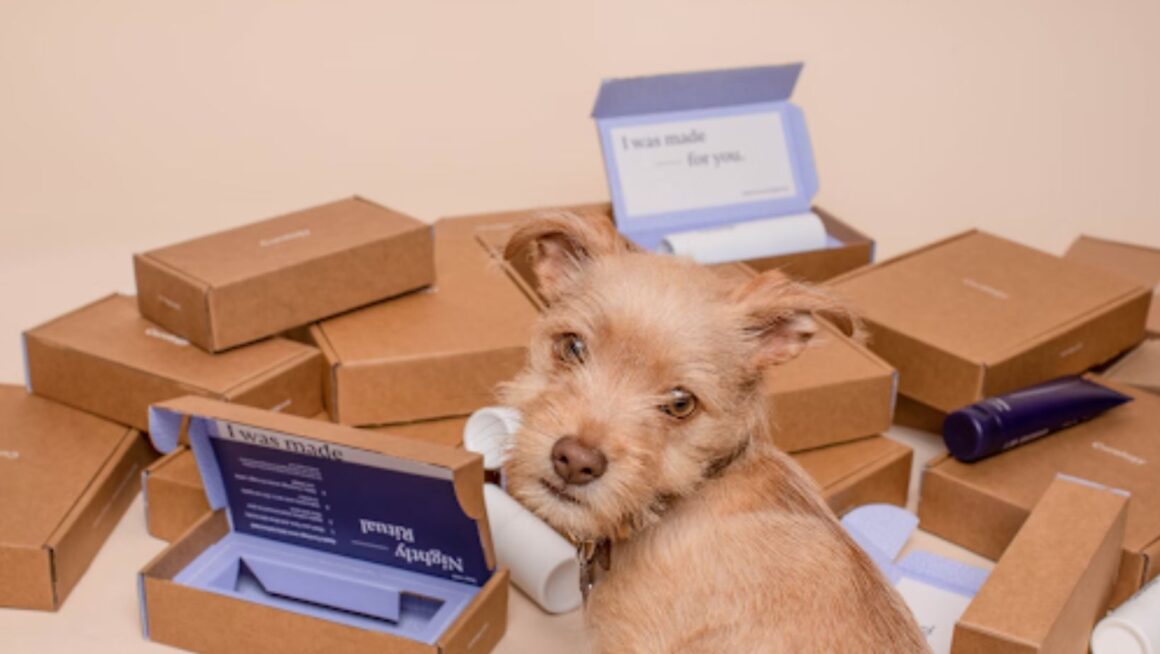Spam emails are a significant problem for individuals and businesses alike. According to Symantec’s 2023 Internet Security Threat Report, 94% of all email is spam.
One of the most common culprits of spam is poorly designed email signatures and digital business cards. By following these best practices, you can significantly reduce the chances of your emails landing in the spam folder.
-
Keep Your Email Signature Concise
A lengthy email signature can trigger spam filters. Keep it brief and include only essential information, such as your name, title, company, contact information, and relevant links.
Example:
- Name: John Doe
- Title: Sales Manager
- Company: Acme Corporation
- Email:
- Phone:
- Website:
-
Avoid Excessive Links
Too many links in your email signature can be a red flag for spam filters. Limit the number of links to only those that are relevant and essential.
Example:
- Name: Jane Smith
- Title: Marketing Coordinator
- Company: XYZ Inc.
- Email: [email address removed]
- Website:
- LinkedIn:
-
Use Plain Text or HTML with Care
While HTML can make your email signature more visually appealing, it can also increase the risk of being flagged as spam. Use HTML sparingly and ensure that your code is clean and free of errors. Always use the best email signature generator to avoid this issue.
Example:
- Name: David Lee
- Title: Customer Support Representative
- Company: ABC Company
- Email:
- Phone:
- Image: [Insert your company logo here]
-
Optimize Your Digital Business Card
Your digital business card should be designed to avoid spam filters. Use a professional and minimalist design, avoid excessive text, and ensure that your contact information is clear and easy to read.

Example:
- Name: Sarah Kim
- Title: Product Manager
- Company: DEF Corporation
- Email: [email address removed]
- Phone: +1 555-555-5555
- Website:
- LinkedIn:
- QR Code: [Insert QR code here]
-
Use a Reliable Email Service Provider
Your choice of email service provider can also impact your email deliverability. Choose a reputable provider with a good track record for spam prevention.
-
Regularly Update Your Contact List
Keep your contact list up-to-date and remove any invalid or inactive email addresses. Outdated email addresses can increase the likelihood of your emails being flagged as spam.
-
Avoid Using Spam-Triggering Words
Certain words and phrases can trigger spam filters. Avoid using words like “free,” “money,” “urgent,” or “guarantee” in your email subject lines or body.
-
Personalize Your Emails
Personalize your emails whenever possible to avoid being flagged as spam. Use the recipient’s name and address them directly.
-
Monitor Your Email Deliverability
Keep an eye on your email deliverability rates and take action if you notice a decline.

This could indicate that your emails are being flagged as spam.
-
Use a Spam Checker
Consider using a spam checker tool to analyze your emails and identify potential issues that could cause them to be flagged as spam.
Conclusion
By following the best practices outlined in this article, you can significantly reduce the chances of your emails landing in the spam folder.
Quick recap – keep your email signature concise, avoid excessive links, use HTML sparingly, optimize your digital business card, and choose a reliable email service provider. Additionally, regularly update your contact list, avoid spam-triggering words, personalize your emails, monitor your email deliverability, and use a spam checker.



